The landscape of international trade is ever-shifting, and with the dawn of 2025, a new wave of tariffs is poised to reshape the economic reality for small businesses. These changes present both:
- Challenges
- Opportunities
This article seeks to demystify the upcoming 2025 tariffs, examining their impact and offering actionable strategies for business owners to navigate this complex terrain.
The 2025 Tariff Shake-Up: Understanding the Changes
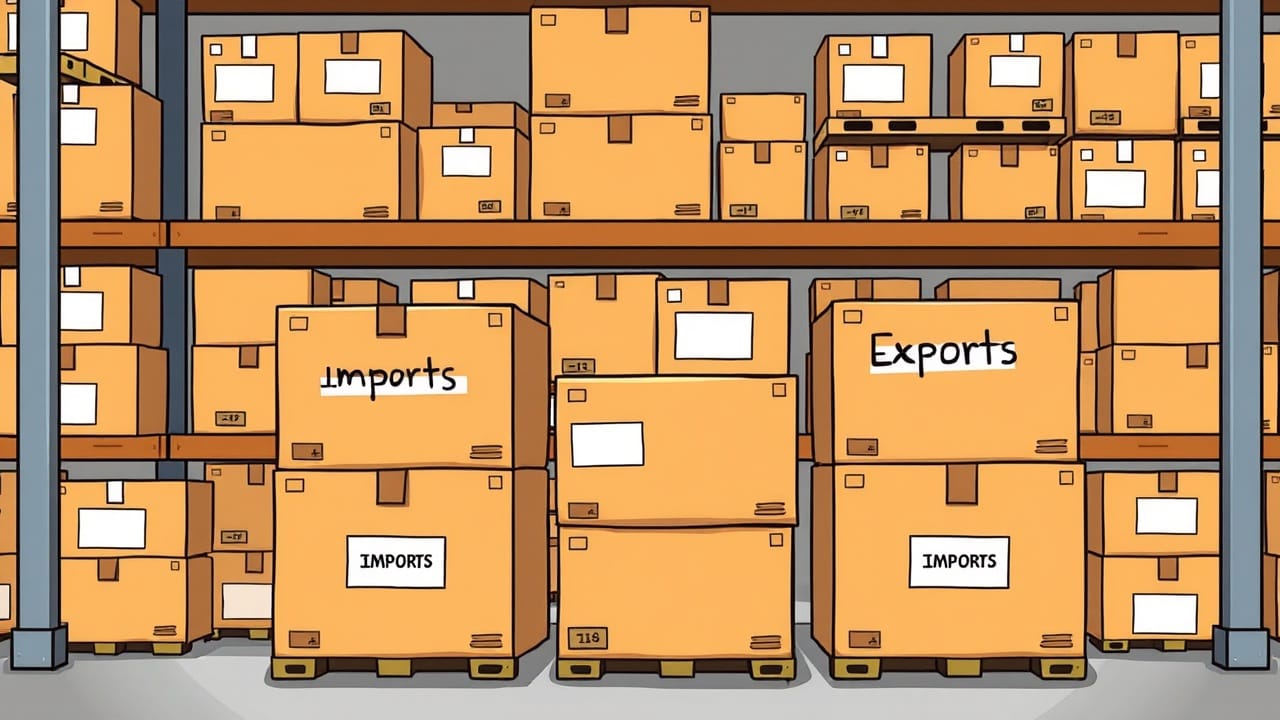
The year 2025 is bringing a significant overhaul to global trade dynamics, primarily through the introduction of new tariffs on a range of imported goods. Understanding the scope and specifics of these tariff changes is crucial for business owners to effectively plan and adapt. The rise of these tariffs is expected to have an impact on many sectors.
Overview of New Tariffs
The increase in tariff rates across various sectors is a central component of the 2025 tariffs shake-up. These new tariffs, resulting from ongoing negotiation and evolving trade policy, are set to significantly alter the cost of imported goods. This will require small businesses to rethink their approach to supply chain management and pricing strategies to mitigate the impact of tariffs on their bottom line.
Categories of Affected Goods
The tariffs imposed in 2025 are not uniform and target specific categories of imported goods. Key sectors are particularly vulnerable, including:
- Electronics, apparel, automotive parts, and certain raw materials.
- Steel and aluminum imports, which are seeing a rise in tariffs.
These changes demand that business owners conduct a detailed analysis of their supply chain to pinpoint vulnerabilities and formulate mitigation strategies.
Global Trade Implications
The repercussions of the 2025 tariffs extend far beyond individual businesses, reaching into the realm of global trade. These policies may lead to counter tariffs, impacting U.S. exports and potentially igniting broader trade disputes. The long-term consequences of these tariff changes demand that small businesses adopt a proactive and informed stance, constantly monitoring developments in international trade. Reciprocal tariffs are sure to have an impact felt worldwide.
Assessing the Impact of Tariffs on Small Businesses
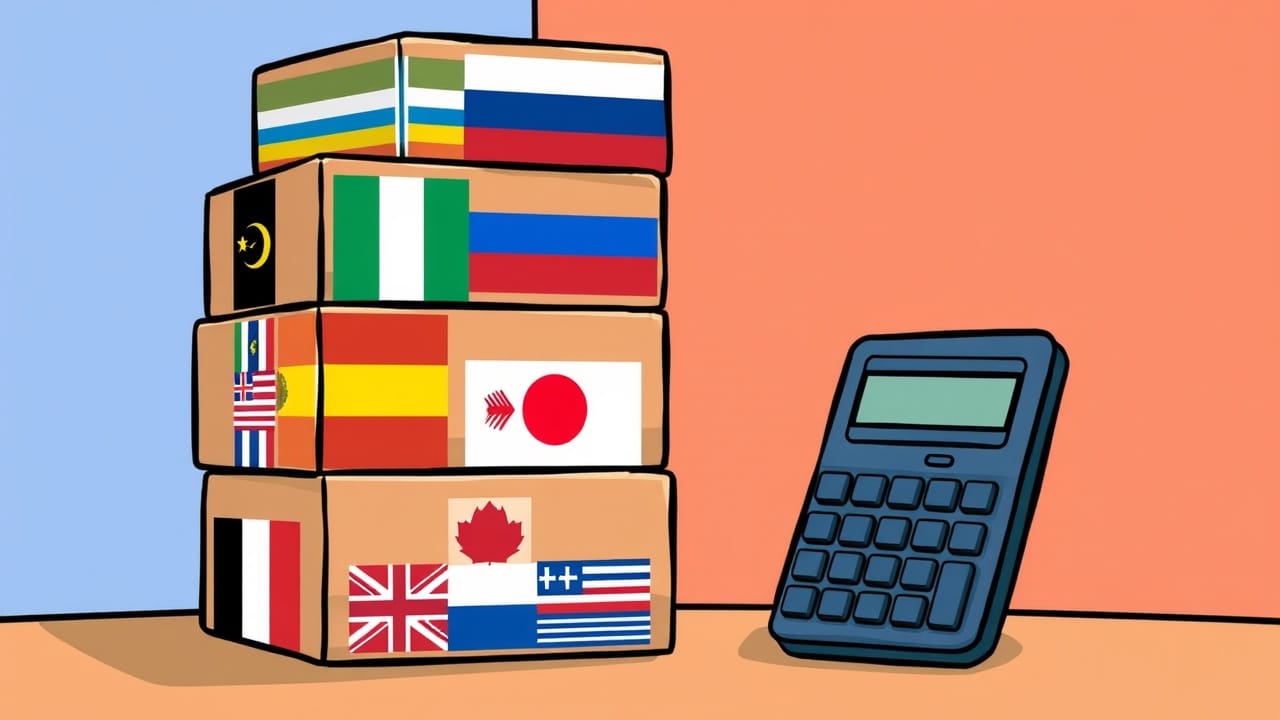
Financial Pressure on Business Owners
The advent of the 2025 tariffs is undoubtedly adding to the existing financial pressure on business owners, especially those operating small businesses. The anticipated rise in the cost of imported goods directly translates to squeezed profit margins and the difficult choice of either absorbing these tariff-related expenses or passing them on to consumers. This situation can lead to decreased sales volume and a loss of business, demanding that business owners explore innovative strategies to alleviate this strain, seeking any solution they can find to avoid the impact of tariffs.
Production Cost Increases
One of the most immediate and palpable effects of the 2025 tariffs is the inevitable increase in production costs for many small businesses. With new tariffs levied on essential imported goods and raw materials, companies relying on these imports will experience a direct hike in their expenses. This impact is felt across various sectors, and business owners must re-evaluate their supply chain and sourcing strategies to mitigate these tariff-induced production cost increases. If small businesses can’t find a strategy to limit this, they will feel the impact greatly.
Competitiveness in the Market
In an already competitive market, the 2025 tariffs threaten to further erode the competitive edge of small businesses. As production costs rise due to the tariffs imposed on imported goods, these businesses may find themselves at a disadvantage compared to larger corporations with greater economies of scale or those that source materials domestically. The inability to absorb these increased costs without raising prices could result in a loss of market share. To counteract this, small businesses need to develop innovative strategies to maintain their business and remain competitive in the face of these tariff changes. Reciprocal tariffs may make matters worse.
Strategic Solutions: How PEO Services Can Alleviate Costs

Optimizing HR Functions
One of the key strategies a Professional Employer Organization (PEO) offers to alleviate the financial impact of tariffs is optimizing Human Resources (HR) functions. By outsourcing HR tasks to a PEO, small businesses can achieve significant benefits. These benefits include:
- Streamlining operations and improving efficiency.
- Reducing administrative costs.
PEOs bring economies of scale to HR, which can make HR operations less expensive, so small businesses can stay focused on core competencies. Moreover, a PEO handles essential HR functions, allowing business owners to focus on core business activities and growth strategies, even with the impact of tariffs in mind. This allows a focus on how to limit the impact. New tariffs can be daunting, so working with a PEO provides a solution to navigating the complex landscape of international trade.
Enhancing Employee Retention
In the face of the 2025 tariffs and potential production cost increases, retaining skilled employees becomes even more critical for small businesses. A PEO can help enhance employee retention by offering access to better benefits packages, professional development opportunities, and improved HR support. The enhanced benefits attract and retain top talent, leading to a more stable and productive workforce. Even though tariffs on goods are going up, the use of a PEO allows small businesses to remain competitive and weather the storm of the new tariff and avoid the impact of tariffs on the business, while retaining key workforce members. With the impact of tariffs, retaining skilled labor is extremely valuable to ensure continued production.
Ensuring Compliance with Trade Policies
Navigating the complex web of international trade regulations and tariff policy can be a daunting task for small businesses. A PEO provides expertise in compliance matters, ensuring that businesses stay up-to-date with changing tariff rates, trade agreements, and labor laws. By partnering with a PEO, small businesses can avoid costly penalties and legal issues related to non-compliance, ensuring the business runs smoothly, even in the face of the 2025 tariffs. A PEO can advise you on the country of origin for goods, and how tariffs on goods will impact the business. They are a strategic solution for navigating the complexities of trade policy, including potential reciprocal tariffs and retaliatory tariff measures.
Actionable Steps for Small Business Owners
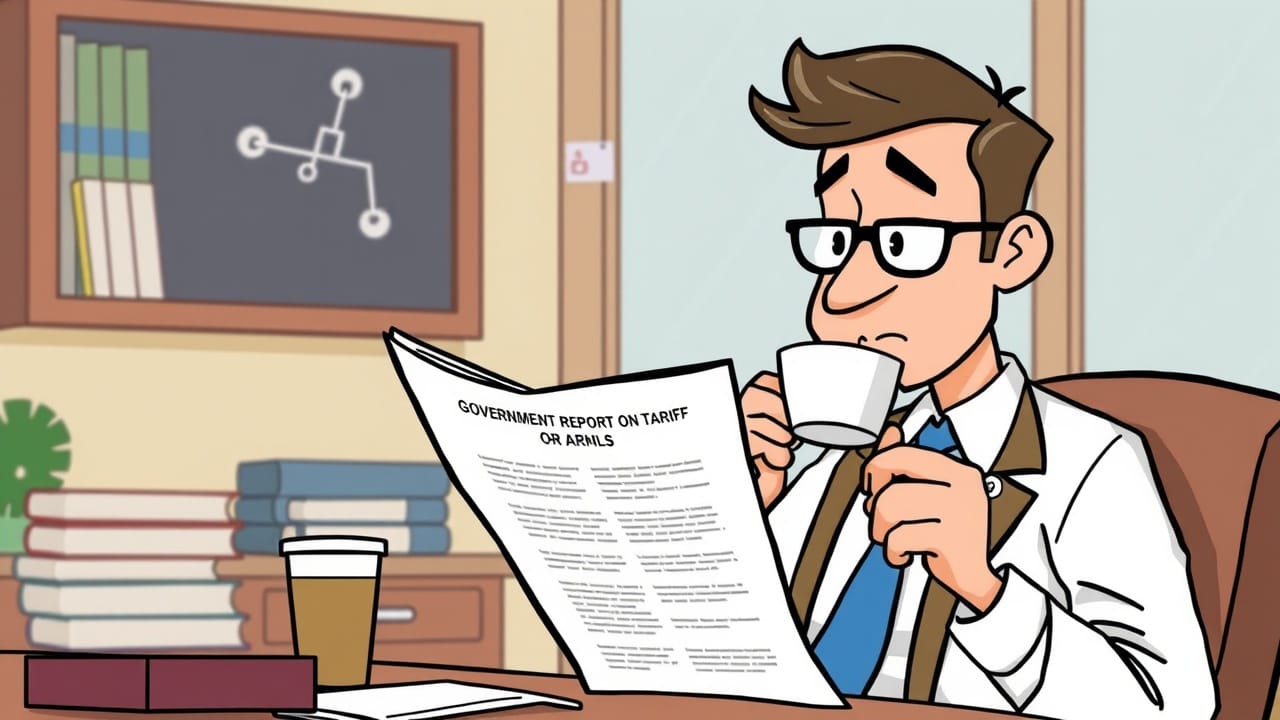
Vendor List Audit
To navigate the complexities introduced by the 2025 tariffs, the first crucial step for business owners is to conduct a comprehensive vendor list audit. This involves meticulously examining your current supply chain to pinpoint which suppliers are directly affected by the tariffs imposed. Special attention should be paid to suppliers of imported goods from countries like China and Hong Kong, Canada and Mexico, as these regions are particularly subject to new tariffs. Once you have identified the vulnerable areas, start exploring alternative suppliers, both domestic and international, to mitigate the potential impact of tariffs on your production costs and overall business. This audit is a critical strategy for minimizing disruption and maintaining profitability.
Workforce Plan Review
The financial implications of the 2025 tariffs necessitate a thorough review of your workforce plan. With the potential for increased tariffs driving up production costs, it’s essential to analyze your hiring and compensation strategies to align with the new financial constraints. Evaluate the efficiency of your current team structure, identifying areas where optimization can lead to cost savings without compromising productivity. Consider offering incentives or performance-based bonuses to boost employee morale and engagement during this period of uncertainty. By strategically managing your workforce, you can minimize the negative impact of tariffs on your bottom line and ensure the long-term sustainability of your small business. Engaging with a PEO can help streamline this strategy.
Staying Informed on Trade Policies
In today’s ever-changing global landscape, staying informed about trade policies is not just beneficial; it’s essential for business survival. To effectively navigate the 2025 tariffs and any future changes, business owners must actively monitor trade policy updates from reliable sources such as government agencies, industry associations, and reputable news outlets. Pay close attention to any potential changes in tariff rates, trade agreements, and regulatory requirements that may affect your business operations. By staying informed, you can proactively anticipate potential challenges and opportunities, allowing you to make informed decisions and adapt your strategies accordingly. This proactive approach can help your small business weather the storm and emerge stronger in the long run. This strategy helps minimize the impact of tariffs.
Conclusion: Taking Control Amidst Tariff Challenges
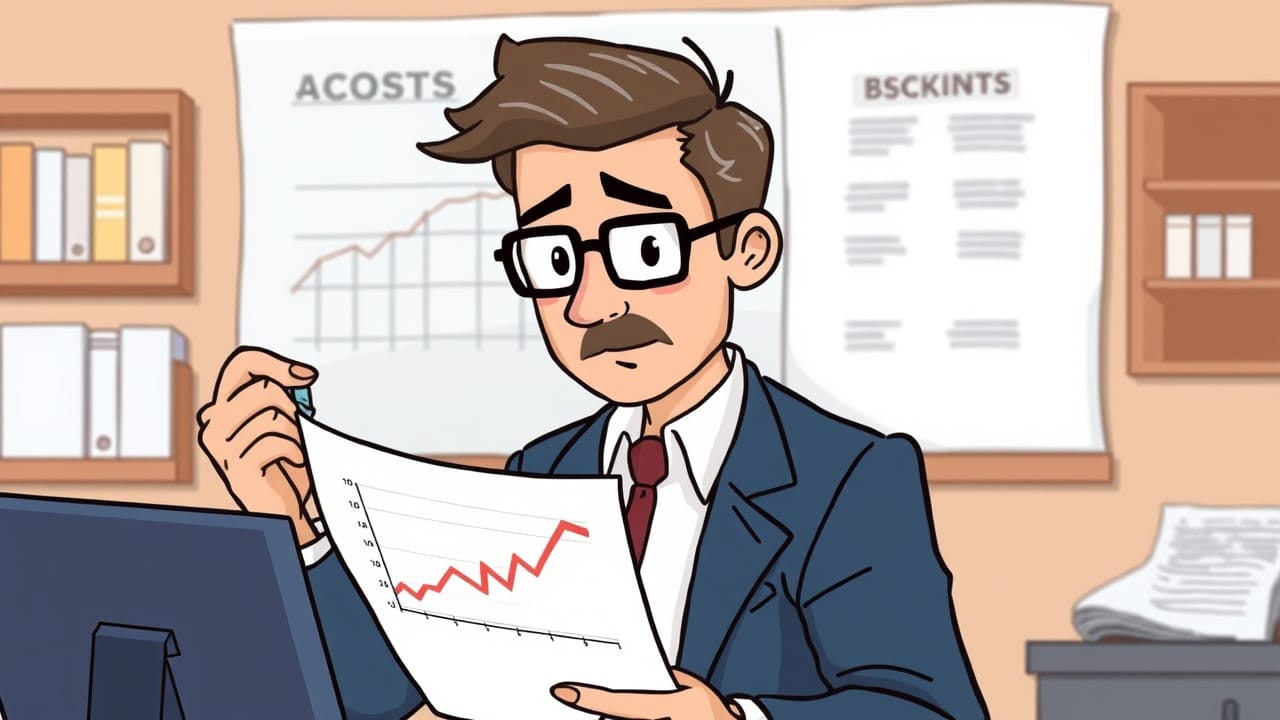
Summarizing the Impact of Tariffs
The reality of the 2025 tariffs is that they bring a host of challenges for small businesses, primarily in the form of increased costs. These increased costs can stem from tariffs on goods, like steel and aluminum imports, leading to higher production costs and potential disruptions in the supply chain. Successfully navigating the complexities of these tariffs requires a proactive and strategic approach from business owners. Understanding the specific impact of tariffs on your operations is the first step towards developing effective mitigation strategies. By taking decisive action, small businesses can minimize the negative consequences and position themselves for continued success.
Encouraging Strategic Partnerships
In the face of rising costs and increased uncertainty due to the 2025 tariffs, forming strategic partnerships can be a lifeline for small businesses. Collaborating with other companies, industry associations, or service providers like PEOs can provide access to resources, expertise, and economies of scale that may not be available individually. These partnerships can help businesses streamline operations, optimize supply chains, and share the burden of compliance with complex trade regulations. Strategic alliances can empower small businesses to weather the storm of the tariff changes and emerge stronger in the long run. This is especially important for small businesses seeking a solution to avoid the impact of tariffs.
Call to Action: Partner with Employer Solutions
The arrival of the 2025 tariffs presents a formidable challenge for small businesses, but it’s crucial to remember that you don’t have to face it alone. While the tariff policy and tariff rates may be beyond your direct control, how you respond to these challenges is entirely within your power. Now is the time to take decisive action and explore strategies to mitigate the impact of tariffs on your bottom line. Consider partnering with Employer Solutions, a leading PEO provider, to gain access to expert HR support, compliance assistance, and cost-saving solutions. Contact Employer Solutions today for a quick quote and discover how we can help you do what you do best: run your business. Don’t let the tariff changes hold you back; take control of your future and thrive in the face of adversity.


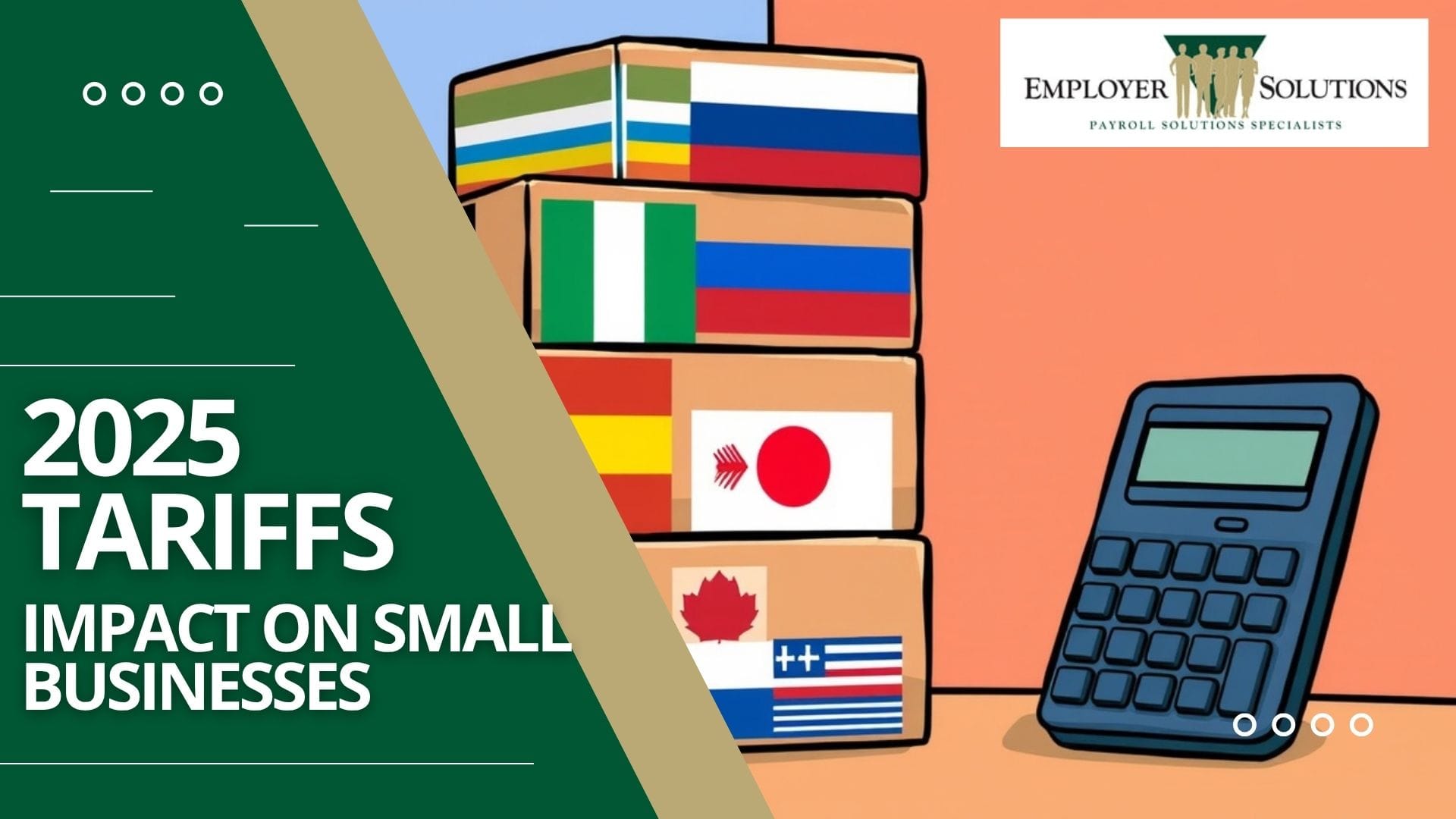





Leave A Comment